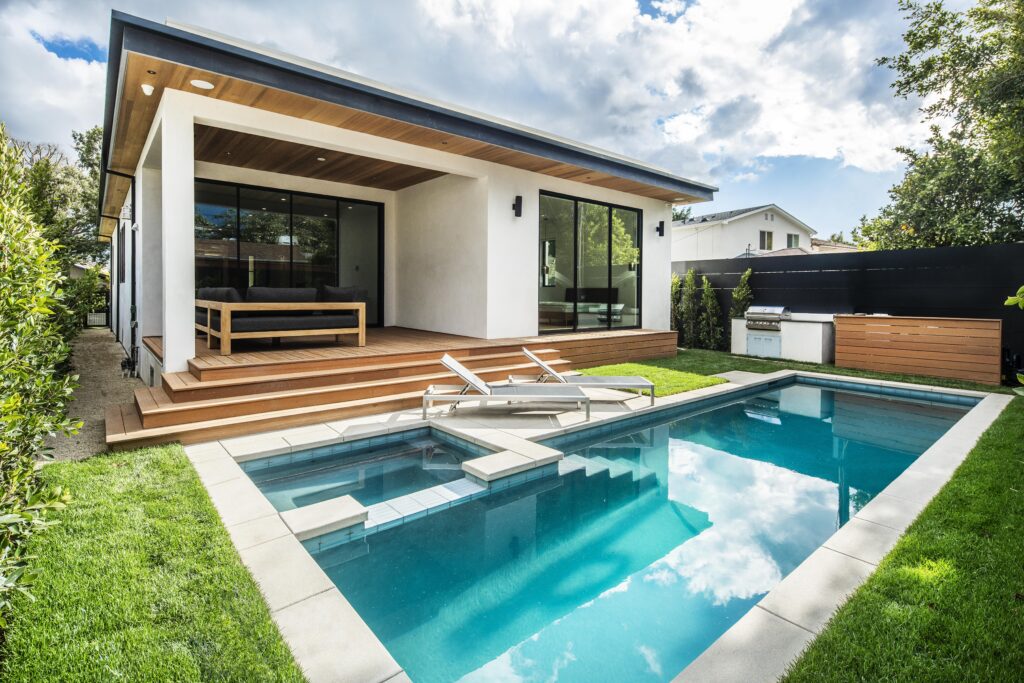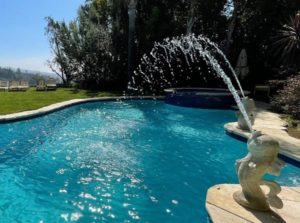The desire to be more eco-friendly and sustainable has increased significantly over the past few years, influencing not only our daily habits but also our home renovation projects. Backyard renovations are no exception to this. Nowadays, more homeowners are exploring eco-friendly choices for their backyard renovation, aiming to create spaces that are not only beautiful and functional but also environmentally conscious.
This article will discuss several ways to incorporate eco-friendly practices into your backyard renovation. From using sustainable materials and native plants to practicing water conservation and utilizing energy-efficient lighting, there are numerous strategies to help you create a greener, more sustainable backyard.
Sustainable Materials for Backyard Structures and Surfaces
The first step in creating an eco-friendly backyard is to choose sustainable materials for your outdoor structures, surfaces, and furniture. This could include your decking, pergolas, patios, outdoor kitchens, or even your garden benches.
One sustainable choice for decking is composite decking made from recycled plastic and wood waste. It’s durable, requires little maintenance, and doesn’t contribute to deforestation. Another alternative is using locally sourced or reclaimed wood, which cuts down on transportation emissions and helps reduce waste.
Similarly, for outdoor furniture, consider items made from recycled materials, such as recycled metal or plastic. Additionally, furniture and structures made from responsibly harvested teak or eucalyptus wood are also good options as these trees grow quickly, making them a renewable resource.
Choosing Native Plants
Incorporating native plants into your backyard landscape is another excellent way to make your renovation more eco-friendly. Native plants are adapted to local soil and climate conditions, meaning they require less watering and fewer resources than non-native plants. They also provide essential habitat and food sources for local wildlife, contributing to biodiversity.
Consult with a local nursery or extension service to learn about the best native plants for your specific area. You might be surprised by the wide variety of beautiful and hardy options available.
Practicing Water Conservation
Water conservation is an essential aspect of an eco-friendly backyard. There are several strategies you can employ to reduce water usage in your backyard renovation. These include installing a rainwater collection system to use for watering plants, choosing drought-tolerant plants that require less water, and optimizing your irrigation system to prevent overwatering.
Another option is to create a rain garden in a low-lying area of your backyard. Rain gardens are planted with water-loving native plants and are designed to capture and filter runoff, helping to reduce the amount of water that ends up in storm drains.
Utilizing Energy-Efficient Lighting
Lighting is a crucial element of any backyard design, but traditional outdoor lighting can consume a significant amount of energy. Opt for energy-efficient alternatives like LED or solar-powered lights for your backyard renovation. Not only do these options use less energy, but they also last longer than traditional bulbs, reducing the need for replacement.
Solar-powered lights are an especially good choice for backyards, as they don’t require any wiring. They absorb energy from the sun during the day and then automatically light up at night, providing a low-maintenance and eco-friendly lighting solution.
Including Sustainable Features
In addition to the above strategies, you can also consider including specific sustainable features in your backyard renovation. For instance, installing a compost bin can help you reduce food waste and create nutrient-rich compost for your garden. Building a birdhouse or bat box can provide habitat for local wildlife.
If your budget and space allow, you might also consider installing a green roof on your outdoor kitchen or shed, which can provide insulation, reduce stormwater runoff, and create habitat for pollinators.
Final Thoughts
Creating an eco-friendly backyard involves considering the environmental impact of each element of your renovation, from the materials you choose to the plants you install, the water you use, and the lighting you select. By making eco-friendly choices, you can create a backyard that’s not only beautiful and functional but also sustainable and beneficial to local ecosystems.
At Adept Builders & Design, we’re committed to helping our clients create backyards that meet their needs while also respecting the environment. Contact us today to learn more about how we can help you create an eco-friendly backyard renovation.


